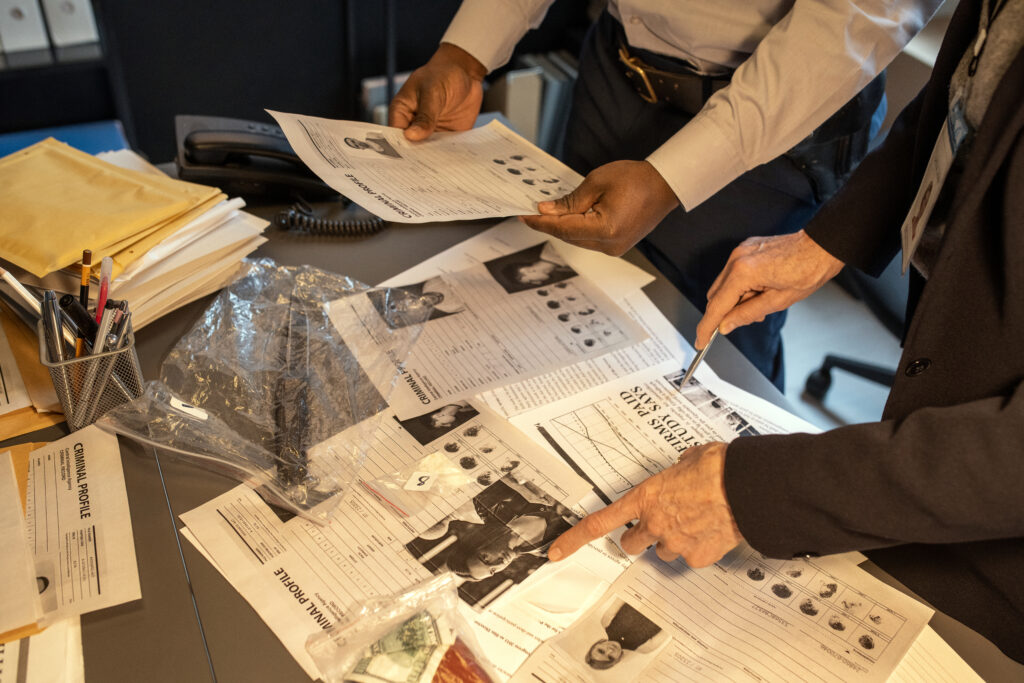Lauth Investigations International: Your Trusted Partner in Corporate and Workplace Investigations

Is your business truly protected against the unseen risks that could jeopardize its success? In a world where threats evolve faster than ever—be it digital vulnerabilities, workplace misconduct, or financial fraud—staying ahead requires more than vigilance. It demands innovative solutions designed to safeguard your organization from the inside out. Your business must detect, prevent, and […]
How Do Corporate Culture Audits Prevent Workplace Crises?

High turnover, legal problems, and reputation damage to a business can all follow from a toxic corporate culture. Companies who ignore workplace culture run long-term losses in the competitive corporate environment. Before they become crises, a proactive corporate culture audit can find problems. These audits give companies vital new perspectives on employee satisfaction, communication, and […]
Workplace Investigations in 2025: What Employers Need to Know

Workplace investigations are evolving in 2025 with new laws and shifting workplace cultures. Learn how employers can navigate these changes and ensure compliance.
Celebrities with Royal Roots: Discovering the Fascinating Family Trees of Famous Stars

The world of Hollywood is filled with glitz and glamour, but did you know that many of our favorite stars have surprising historical connections? Recent findings in celebrity genealogy have unearthed fascinating links between Hollywood stars and historical figures, showing that for some celebrities, fame runs in the family—quite literally. From British royalty to literary […]
Three Things to Know About Insurance Limitations & Jewelry Theft

Jewelry holds sentimental value and often represents a significant financial investment. Unfortunately, it is also a common target for theft. Understanding the insurance limitations for jewelry theft is crucial in safeguarding your prized possessions. While many people believe that their homeowners or renters insurance covers all their valuable items, there are often restrictions that can […]
Find the Thief in Your Business with a Private Investigator

A private investigator can identify employee fraud and thief in your workforce, eliminating future threats while maintaining objectivity. Despite the ability of a business to flourish in any economy, every company is still vulnerable to the possibility of employee theft or fraud. Like a frog in a boiling pot, sometimes companies can be taken by […]
Fox News Ordered to Pay $1 Million in Penalties Following Workplace Culture Investigation

The media and financial worlds saw the grueling impact of poor workplace culture this week as media giant Fox News has finally agreed to pay $1 million in penalties after a workplace culture investigation concluded following allegations of sexual misconduct within the network. The allegations ended in the departure of Fox’s co-founded Roger Ailes, and […]
FMLA Abuse Investigations: Hiring the Right Investigator

The Family and Medical Leave Act is supposed to give employees the ability to attend to personal or family matters like recovering from surgery or caring for an infirm family member without the fear of losing their job. However, the same legislation meant to protect employees can also be exploited by employee misconduct. Regardless of […]
This is how a corporate investigator can stop fraud, theft, and other problems in your company

In the interest of due-diligence with an internal investigation, thousands of documents must be reviewed, processed, and itemized. Internal processes must be reviewed and evaluated by an internal investigator. It may be necessary to interview employees regarding their knowledge of the matter—those accounts must be cataloged, transcribed, and placed in context within the investigation. In […]
Top Corporate Investigation Issues: Knowing When to Hire a Private Investigator

Independent corporate investigations are an investment in their companies. It’s not hard to understand why a corporation would want to minimize the impact of a corporate crisis. Corporate crises come in many forms, and all of them have undeniable effects on the workplace, corporate culture, and the bottom line. That’s why employers must be vigilant […]